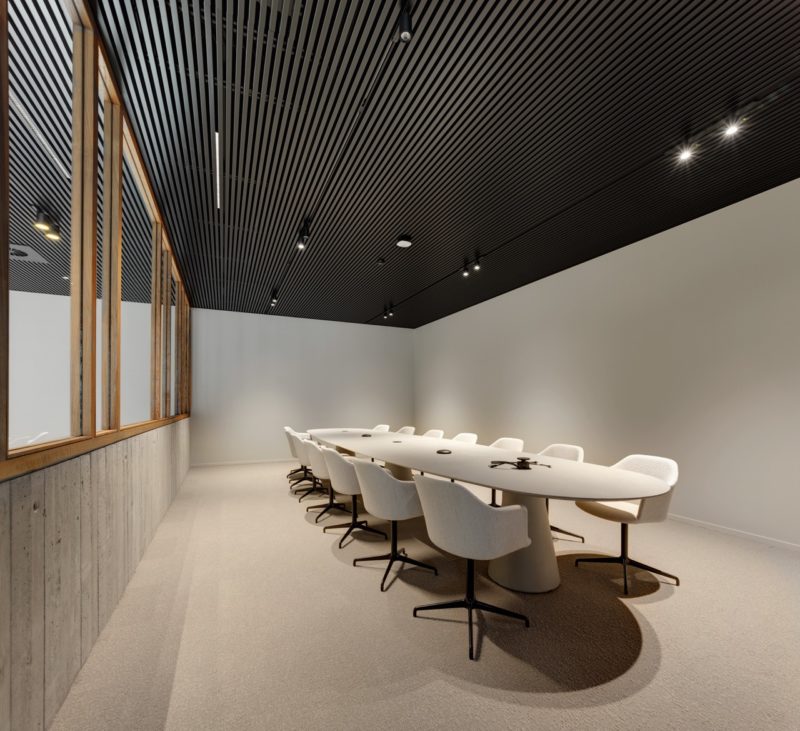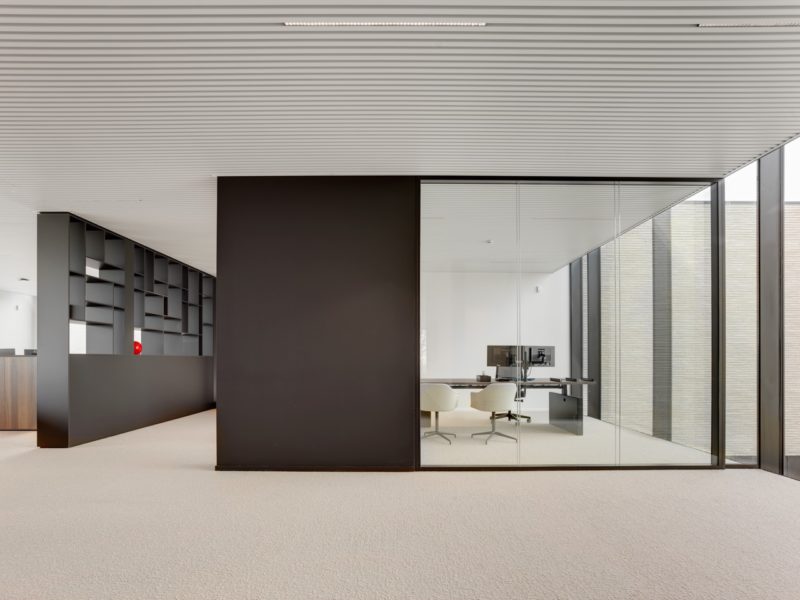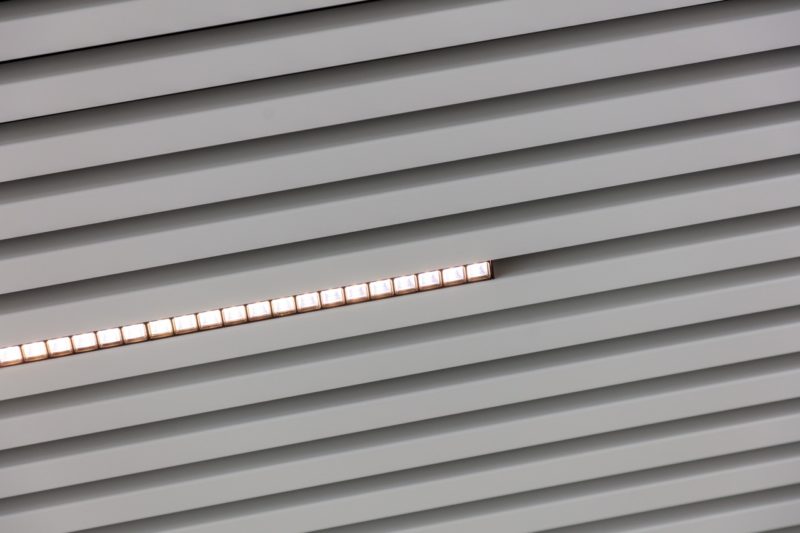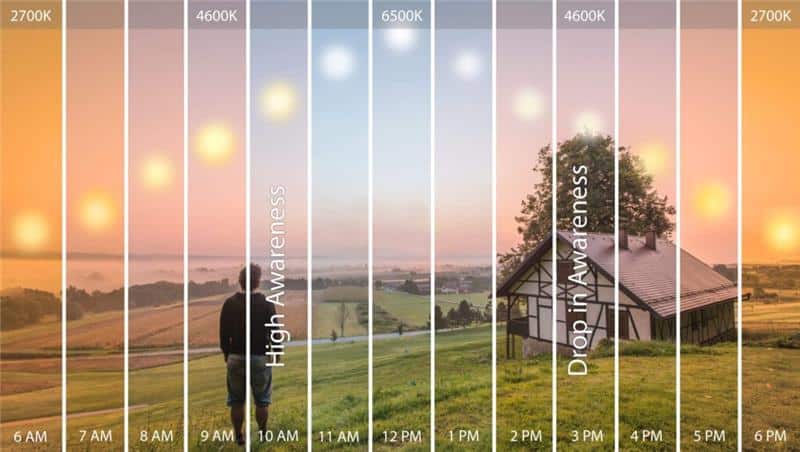Ergonomic workplace lighting: more than just visual comfort
Science is evolving very quickly in the field of workplace lighting and ergonomics. We are increasingly experiencing the big impact of lighting design. Not only visually, but also on our biological functioning, state of mind and cognitive abilities. At Multiline, we follow these developments closely in order to advise our customers and partners correctly.

When designing office buildings, the impact of lighting is often underestimated. However, the correct design can have a significant impact on employee performance and well-being. Ideal workplace lighting should provide uniformity, low contrast and comfortable lux values. When the design is based on the needs of the end user, Human Centric Lighting takes center stage.
Common complaints in workplaces with inadequate lighting include the feeling of too little light or improperly placed lighting that causes light spots.
European lighting standards for workplace lighting
Until 2021, European standards required 500 lux for workstations. This value could vary depending on the nature of the work. With the arrival of the new standard (NBN EN 12464-1:2021) in September 2021, the average illuminance for a workstation has been adjusted and allows us to provide up to 1,000 lux where needed.
Melanopic lighting
The updated standard responds to a “new” light quantity in the lighting technology: MEDI, “melanopic equivalent daylight illuminance”. It takes into account the production of melatonin, the “sleep hormone” essential for good biorhythms and quality sleep. MEDI refers to the consideration of more vertical illuminance to better match lighting to human needs. This is calculated through cylindrical calculations, taking into account the MDER factor of the light source, or the ratio of MEDI to photopic illuminance.

The challenge of deliberate lighting design
Architecture plays a crucial role in this process. Aiming for as many windows as possible, bright interiors and good reflectivity is essential for healthy workplace lighting.
Too often, plans are drawn up with design aspects such as color and light, without considering the lighting effect. This often results in suboptimal lighting solutions. That is why we always stress the importance of lighting studies in order to influence the design process and make the right choices. A lighting architect, who is involved early in the process, can monitor the balance between ergonomics and budgetary considerations.

What will the future bring?
The future of workplace lighting will focus on minimizing the number of luminaires per room while maximizing light output and reducing energy consumption. The ongoing evolution of LED technology will play a key role in this. The balance between energy efficiency and ideal workplaces will remain an ongoing challenge.
At Multiline, we are happy to take on this challenge. We work closely with architects, engineering firms and building owners to implement the desired lighting standards. A good example is the Dethier office building in Alken, where we aimed for high lighting comfort by creating the perfect combination of aesthetics and scientifically sound lighting.
Looking for inspiration?
Do you have questions? Would you like more information about our products?
Contact usMore news
-

Circadian lighting design: the significance of what you don’t see
For a long time, the visual importance of light was the primary focus. The specific preferences of the user were taken into account: illuminance, color temperature, color rendering or amount of (in)direct light. The discovery of a new light receptor in our visual system in the early 2000s highlighted the importance of the non-visual system of our eye.
Read more -

Lighting trends in 2024
At Multiline, we closely monitor the needs of our customers and partners during the selection process. This makes it easier for us to anticipate new lighting trends. Discover below the trends for 2024.
Read more -

Innovative lighting technology at Multiline
The needs of our clients are constantly evolving. In order to meet this challenge, Multiline is strongly committed to innovation, quality and development. We have a good sense of what is going on in the market by working closely with architects, engineers, designers and installers. These important connections allow us to provide the most innovative lighting technology. In this blog, we explain how we are able to do this.
Read more
 blog
blog